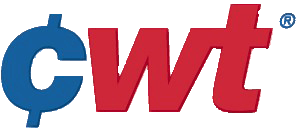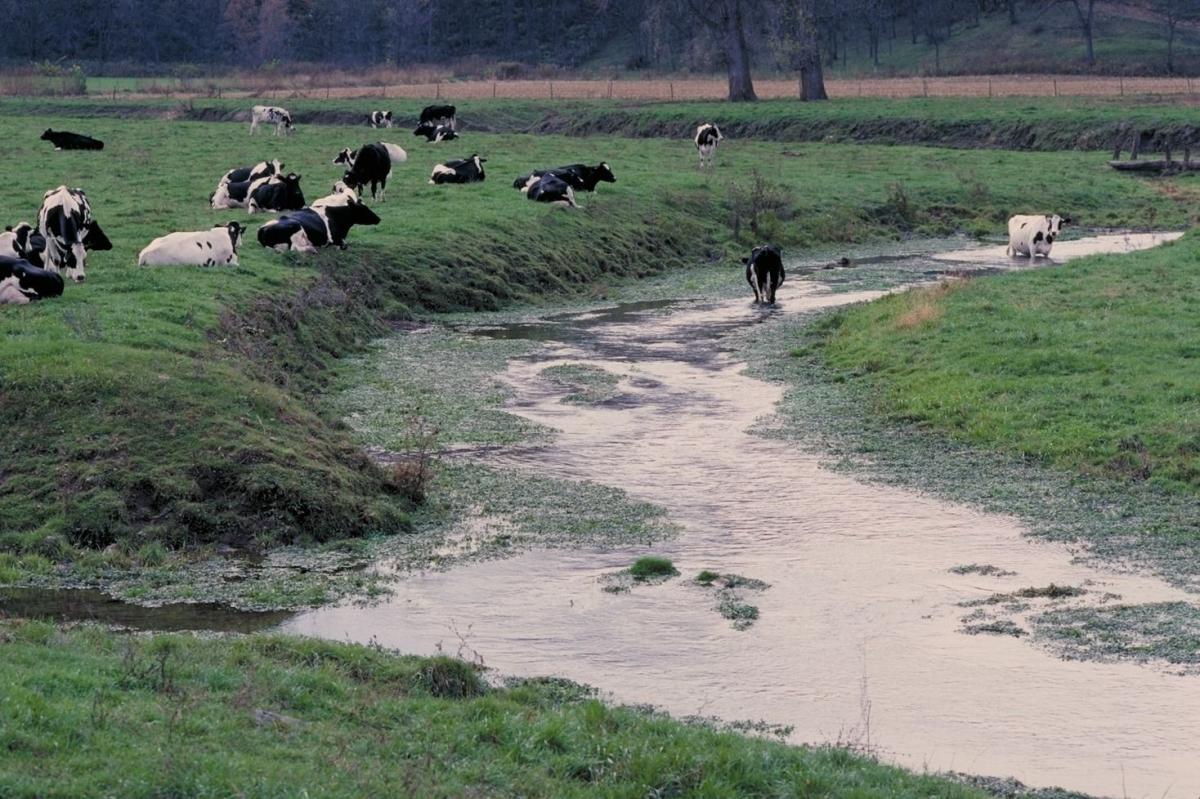 ARLINGTON, VA – Dairy farmers only have a few more days to go to their county Farm Service Agency office to sign up for USDA’s Margin Protection Program (MPP) for 2016, the National Milk Producers Federation said today.
ARLINGTON, VA – Dairy farmers only have a few more days to go to their county Farm Service Agency office to sign up for USDA’s Margin Protection Program (MPP) for 2016, the National Milk Producers Federation said today.
Jim Mulhern, President and CEO of NMPF, reminded farmers Tuesday that they have through Friday, Nov. 20, to obtain or adjust their coverage under the MPP, which provides dairy producers protection from a sharp downturn in milk prices, a steep rise in feed costs, or a combination of the two.
Nearly 25,000 dairy operations – about 55 percent of the total number of farms in the country – obtained coverage through USDA in the calendar year 2015, the first year of the MPP. Those farms’ combined production history represents approximately 170 billion pounds of milk, or 80 percent of the U.S. milk supply. Of the farms currently enrolled in the MPP for 2015, more than half chose to purchase MPP coverage above the basic, $4 margin level.
Mulhern noted that, like any insurance product, the MPP was not designed to make payouts every year. So far in 2015, the MPP has issued payments in each of the four, two-month coverage periods for those who elected to insure their margins at the maximum $8 margin level, but the payments did not cover program premiums. Producers who purchased coverage at lower levels have not received any payments.
“NMPF worked with dairy farmers across the country, and with Congress and the USDA, to design a safety net program to protect against catastrophic declines in the national average dairy farm margin,” Mulhern said.
Margins this year have been disappointing, but not the disasters we saw in 2009 and 2012, and the MPP’s payouts reflect that.” He noted that the previous dairy safety net, the Milk Income Loss Contract program, would not have triggered any payments in 2015.
Those 25,000 farms that enrolled in 2015 will need either to pay a $100 administrative fee for basic coverage at the $4 margin level in 2016, or pay additional premiums on a sliding scale for a greater degree of MPP coverage.
“Dairy futures currently indicate that margins in the first part of 2016 will be better than this year, but so much depends on things we can’t precisely predict, from the weather, to the growth of the global economy, to demand for both dairy products and livestock feed,” said Mulhern. “That’s why it’s important farmers look at their individual margin needs to make a decision on their program coverage level for 2016.”
NMPF has a variety of tools on its Future for Dairy website (www.futurefordairy.com) to help farmers make their sign-up decisions. Included is a downloadable calculator that allows producers to plug in their own numbers and quickly see the program’s protection impact on their farm.
###
The National Milk Producers Federation, based in Arlington, VA, develops and carries out policies that advance the well-being of dairy producers and the cooperatives they own. The members of NMPF’s cooperatives produce the majority of the U.S. milk supply, making NMPF the voice of more than 32,000 dairy producers on Capitol Hill and with government agencies. Visit www.nmpf.org for more information.
ARLINGTON, VA – “We commend the U.S. Food and Drug Administration for releasing recommendations on the voluntary labeling of food made from genetically engineered foods. Once again, FDA has confirmed the safety of these products.

 ARLINGTON, VA – Dairy farmers only have a few more days to go to their county Farm Service Agency office to sign up for USDA’s Margin Protection Program (MPP) for 2016, the National Milk Producers Federation said today.
ARLINGTON, VA – Dairy farmers only have a few more days to go to their county Farm Service Agency office to sign up for USDA’s Margin Protection Program (MPP) for 2016, the National Milk Producers Federation said today. ARLINGTON, VA – The National Milk Producers Federation (NMPF) has released an updated version of its Milk and Dairy Beef Drug Residue Prevention Manual – one of the key components of the National Dairy FARM ProgramTM. In order to share the information widely with dairy farmers, the
ARLINGTON, VA – The National Milk Producers Federation (NMPF) has released an updated version of its Milk and Dairy Beef Drug Residue Prevention Manual – one of the key components of the National Dairy FARM ProgramTM. In order to share the information widely with dairy farmers, the  Dr. Beth Briczinski, NMPF’s vice president for dairy foods and nutrition, was recently named a 2015 Outstanding Recent Alumna by the College of Agricultural Sciences at Pennsylvania State University.
Dr. Beth Briczinski, NMPF’s vice president for dairy foods and nutrition, was recently named a 2015 Outstanding Recent Alumna by the College of Agricultural Sciences at Pennsylvania State University. Cooperatives Working Together assisted member cooperatives in getting 32 contracts to sell 4.252 million pounds of dairy products to customers in 11 countries in October. The will be shipped from October 2015 through April 2016.
Cooperatives Working Together assisted member cooperatives in getting 32 contracts to sell 4.252 million pounds of dairy products to customers in 11 countries in October. The will be shipped from October 2015 through April 2016. The U.S. Court of Appeals for the Sixth Circuit ordered in early October a
The U.S. Court of Appeals for the Sixth Circuit ordered in early October a  Milkfat made a splash last month, when several new studies revealed that saturated fats are healthier than previously thought.
Milkfat made a splash last month, when several new studies revealed that saturated fats are healthier than previously thought. The European Union, by using free trade agreements to limit the use of common cheese names by non-EU producers, is bullying its trading partners into violating international trade rules, NMPF and the U.S. Dairy Export Council told U.S. trade officials.
The European Union, by using free trade agreements to limit the use of common cheese names by non-EU producers, is bullying its trading partners into violating international trade rules, NMPF and the U.S. Dairy Export Council told U.S. trade officials. The Obama administration released the much-anticipated
The Obama administration released the much-anticipated 



